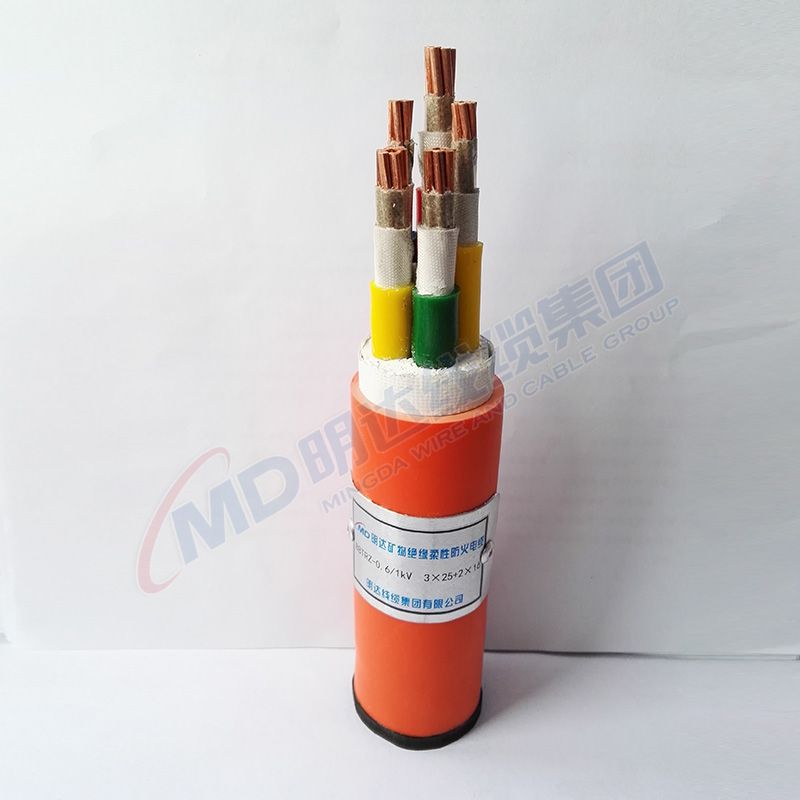Dec . 04, 2024 10:41 Back to list
Understanding Electric Wire Cable Types and Their Applications in Modern Electrical Systems
Understanding Electric Wire Cables Types, Uses, and Safety
Electric wire cables are a fundamental component in the electrical systems that power modern life. They are indispensable for transmitting electrical energy from one point to another, connecting devices, and ensuring functionality in residential, commercial, and industrial settings. This article aims to explore the various types of electric wire cables, their uses, and important safety considerations.
Types of Electric Wire Cables
Electric wire cables come in various types, each designed for specific applications. Here are some of the most common types
1. Single-Core Wires These wires consist of a single conductor and are often used in lighting and internal wiring. They are suitable for installations where flexibility and compactness are required.
2. Multi-Core Wires Comprising several conductors twisted together, these wires are used in applications where flexibility and the capacity to carry multiple circuits are necessary. Multi-core cables are commonly used in power distribution and electrical appliances.
3. Shielded Cables Designed to protect against electromagnetic interference, shielded cables are essential in environments where electrical noise can adversely affect performance, such as in audio or data communication applications.
4. Armored Cables These cables have an additional layer of protection, typically made from metal, making them suitable for outdoor or underground installations where they may be exposed to physical damage.
5. Coaxial Cables Often used for cable television and internet connections, coaxial cables consist of a central conductor surrounded by an insulating layer and a shielding layer. Their design helps reduce signal loss, making them ideal for high-frequency applications.
6. Fiber Optic Cables While not traditional electrical cables, fiber optic cables are crucial for data transmission. They use light to transmit information at high speeds, overcoming many limitations of metal wires.
Uses of Electric Wire Cables
The applications of electric wire cables are extensive. In residential settings, they connect power sources to outlets, lighting fixtures, and appliances. Various types of cables, such as NM (non-metallic) and UF (underground feeder) cables, are specifically designed for indoor and outdoor use, respectively.
electric wire cable

In commercial areas, electric cables are utilized for complex electrical systems required for lighting, heating, and machinery. They play a critical role in ensuring efficient operations in offices, schools, hospitals, and factories.
Electric wire cables are also paramount in industrial settings, where heavy-duty cables can withstand harsh environments and significant electrical loads. These cables are often used to power high-voltage equipment and machinery, requiring strict compliance with safety standards to prevent hazards.
Safety Considerations
When working with electric wire cables, safety should always be the top priority. Here are some essential guidelines
1. Use the Right Type Selecting the appropriate cable type for specific applications is crucial. Different cables have different insulation ratings and electrical capacities, and using the wrong type can lead to overheating and potentially cause fires.
2. Proper Installation Whether you are doing it yourself or hiring a professional, ensure that cable installations comply with local electrical codes. This helps prevent accidents and ensures that the electrical system is safe and reliable.
3. Regular Inspection Periodically check electrical cables for signs of wear, corrosion, or damage. Over time, insulation can degrade, exposing conductors and presenting a serious hazard.
4. Limit Overloading Avoid connecting too many devices to a single circuit, which can overload the wire and lead to overheating. Be mindful of the amperage rating of your cables and circuits.
5. Use Protective Gear When working with electric wire cables, wearing appropriate personal protective equipment (PPE) is essential. Insulated gloves, safety glasses, and other protective gear can help prevent injuries.
Conclusion
Electric wire cables are essential for the functioning of modern electrical systems. Understanding the different types, uses, and safety measures associated with these cables is crucial for anyone involved in electrical work or home improvement projects. By prioritizing safety and choosing the right cables for the job, individuals can ensure a safe and efficient electrical system that meets their needs. As technology advances, the importance of reliable electrical cabling continues to grow, underscoring the need for awareness and education in this vital area.
Share